The first farm-raised oysters from the Texas coast are being served in restaurants! I was invited to taste these oysters and learned a lot about the ongoing process that made this happen.
Oysters are in high demand and with Texas now being able to farm their own, it creates opportunities for the industry and for foodies wanting to eat oysters. Keep reading to learn more.
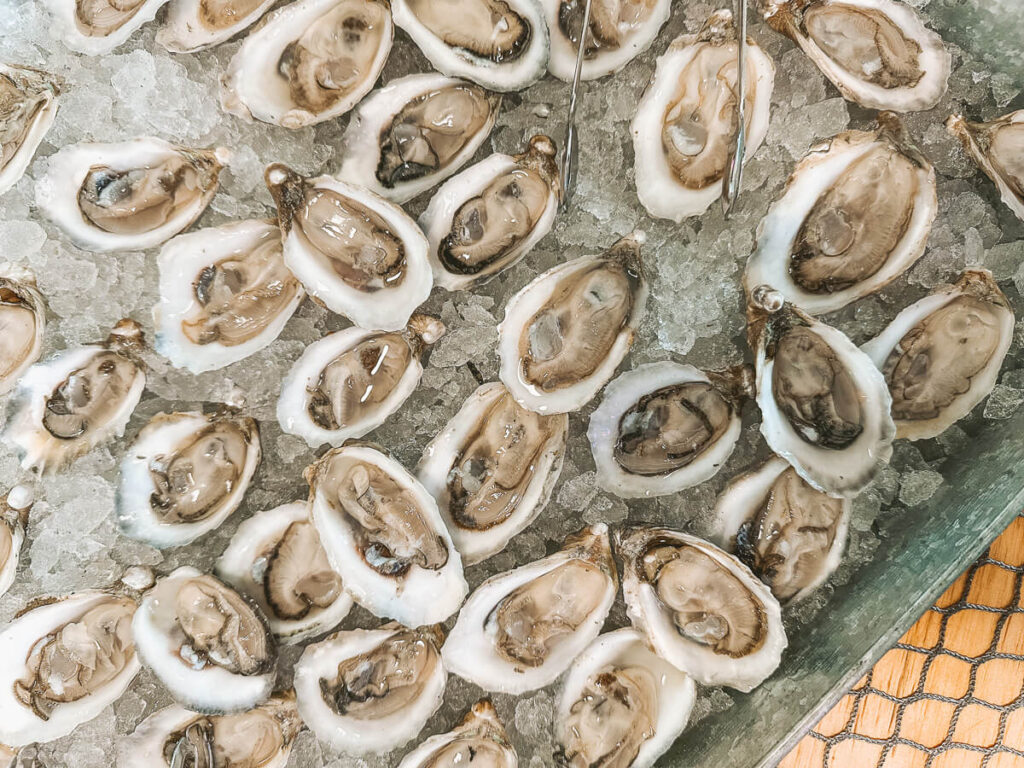
Why are farmed oysters in Texas a big deal?
In short, it’s a new venture in Texas.
On May 27, 2019, Texas became the last coastal state in America to have legal oyster mariculture. That means farming oysters on the Texas coast is in the very early stages, and the number of farms with oyster mariculture permits is expected to grow to 11 this year.
I got to taste some of the first batches of oysters from the three farms with permits a month ago. A lot of work has gone into being able to taste these oysters, including the Texas Parks and Wildlife Department (TPWD) creating regulations and guidelines for the industry, scientists researching the water and reef conditions, and the farms testing and developing its processes to create the ideal product.



Why is oyster mariculture good for the Texas coast?
Natural Texas oyster reefs have degraded since 2010 while demand for oysters is high. Reports have found the number of wild Gulf oysters has declined 50-85% in the last century while the Gulf provides 55% of the nation’s commercially harvested oysters. Overfishing and natural events (as a result of climate change) such as warming waters and hurricanes have made oyster fishing unsustainable. Last November, TPWD closed several gulf bays to oyster fishing, something that has happened annually for nearly a decade, hoping the area can recover.
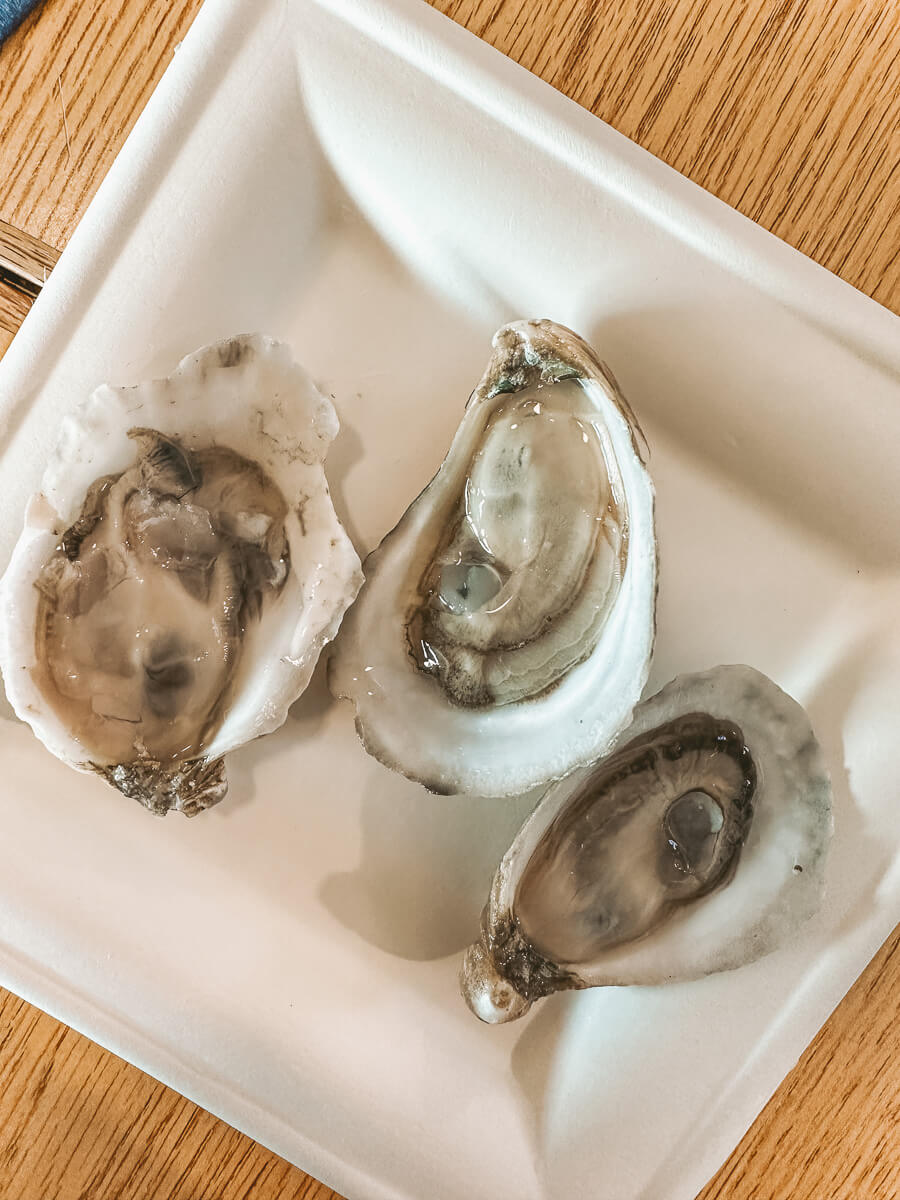
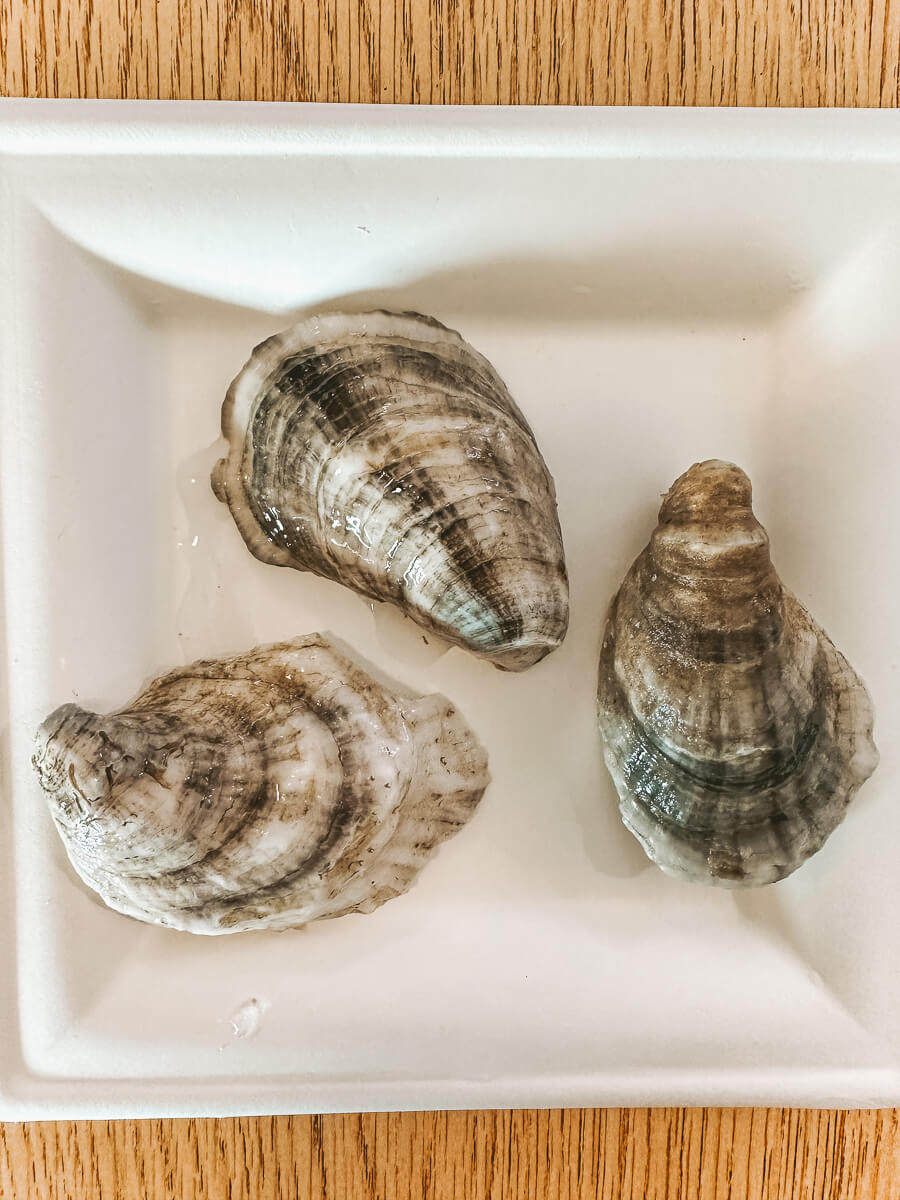
The first Gulf oyster farms opened in 2009, and now that Texas has joined the industry, there is a big opportunity for Texas oyster farmers and Texas restaurants to help meet the demand.
Texas oyster mariculture is good because:
- It will help restore natural reefs. Oysters filter water to feed, so they are essentially cleaning water. It will also slow down overfishing and decrease the destructive process of harvesting oysters.
- Mariculture produces a more consistent and more reliable oyster. Restaurants can know what to expect and plan accordingly.
- Farmed oysters take a shorter amount of time to be ready to eat. It takes 7-9 months to produce and one acre can produce 300,000 oysters.
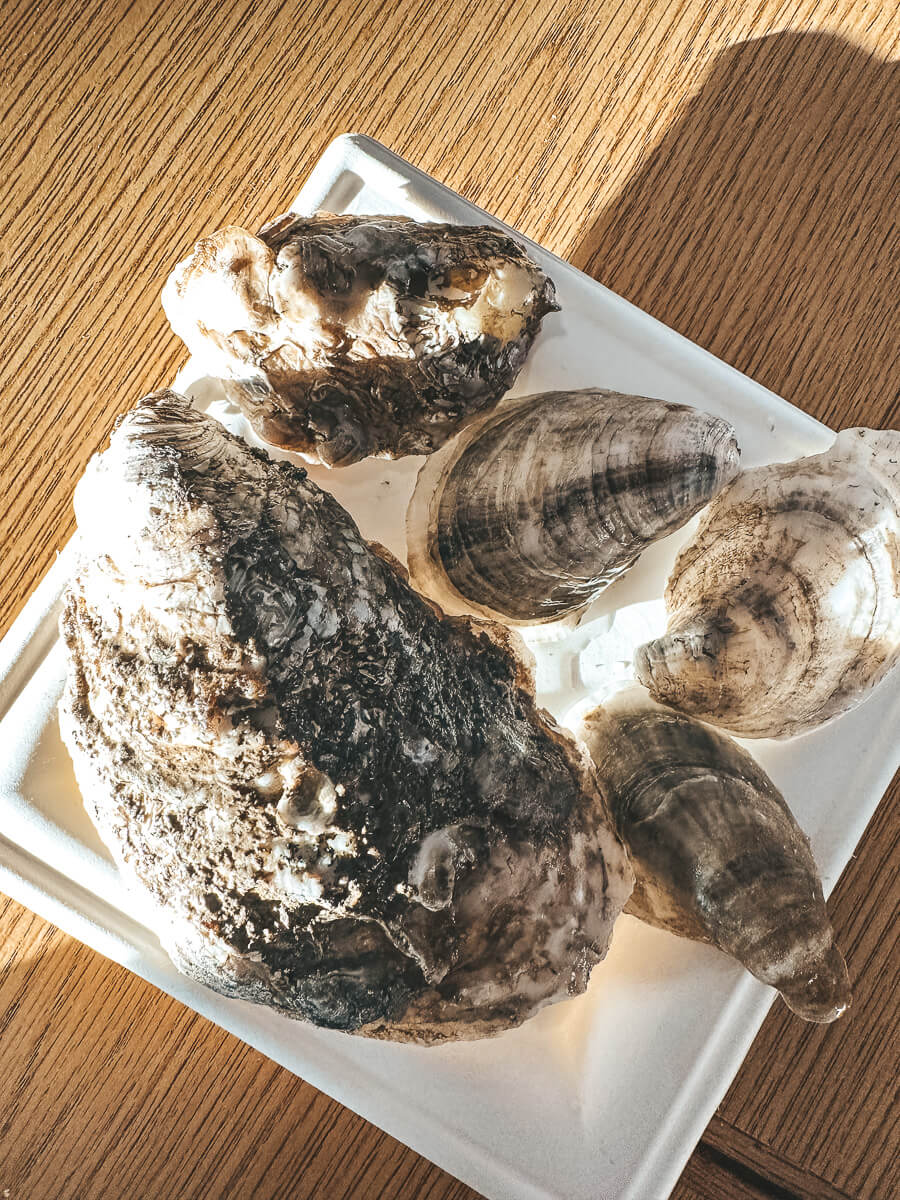
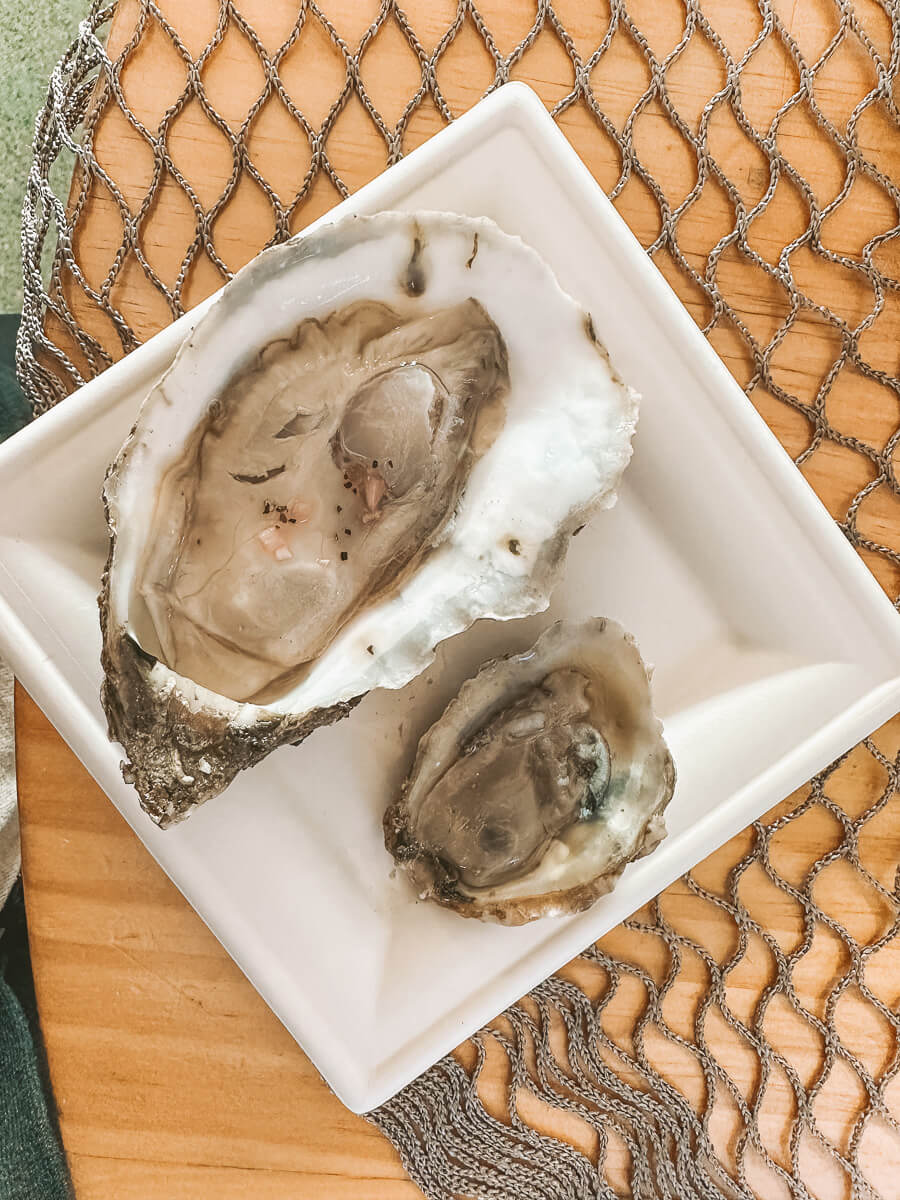

Why should Texas foodies care?
Did you know 95% of oysters consumed worldwide are farmed? Finally, Texas is part of the conversation.
We can celebrate the ability to eat local and support the Texas farm ventures making it happen. It will take some time for Texas oysters to be widespread and consistently available in restaurants but the process is happening. Spreading the word, educating consumers, and discussing the progress are essential to increase availability.
At the showcase hosted by Texas Sea Grant and the Texas Department of Agriculture at Quality Seafood, we got to try oysters from:
- Barrier Beauties in Galveston Bay
- DJ’s Oyster Company in Matagorda Bay
- Texas Oyster Ranch in Copano Bay
They were all delicious and meaty, on par with restaurant quality.
While restaurants don’t typically advertise where their oysters are from ahead of time, keep a lookout for these oysters when you dine.
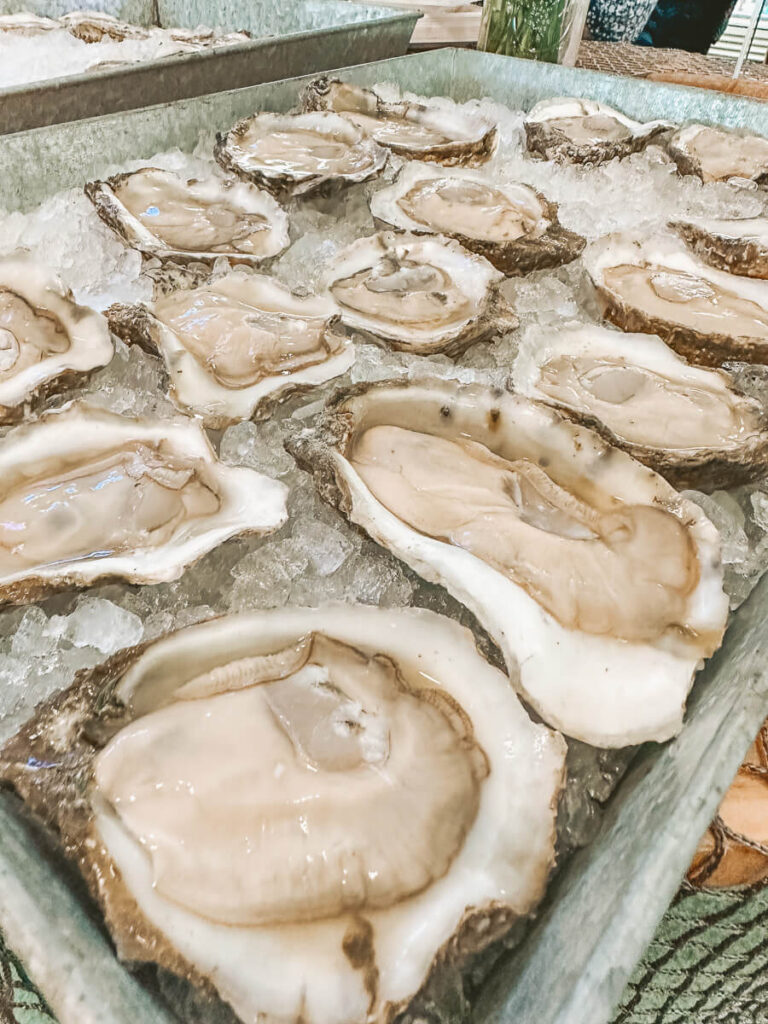
Want to learn more about Texas oysters and oysters in general? Check out these links:
Looking for more food stories on the blog?



